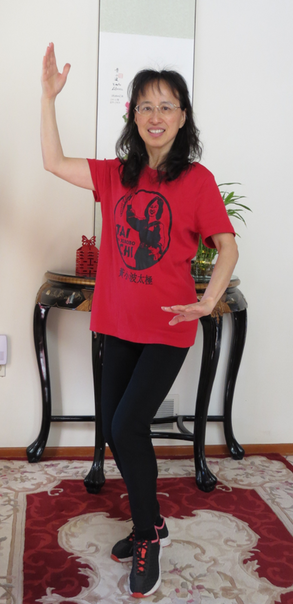Tai Chi Classes Homework

Tai Chi 18 steps
- Starting on horse riding position, regulating breathing
- Expanding your chest
- Making a rainbow
- Clearing the clouds
- Rotating the arms at horse riding position
- Boating at the lake
- Balancing a ball in front of the shoulders
- Turning waists to look at the moon
- Turning waists and pushing palms
- Hands in the clouds on horse riding position
- Probing the sea and looking at the sky
- Pushing the waves
- Flying like a bird
- Punching with fists
- Soaring like the eagle.
- Turning the wheels
- Bouncing a ball with stepping down
- Finishing with pressing the palms down
A Tai chi Class Includes These Parts
|
|
Selected resources:
Tai Chi Healthwww.taichihealth.com Tai Chi Productionswww.taichiforhealth.com Tree of Life Tai Chi Centerwww.treeoflifetaichi.com |
